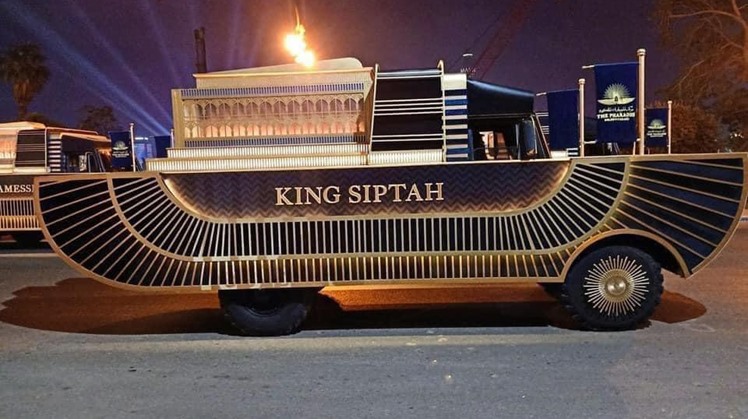The mummy of King Sqnen Ra Taa, and the mummy of his daughter Queen Ahmose Nefertari, are among the 22 mummies that will be transported in a majestic procession on April 3 from the Egyptian Museum in Tahrir to the place of its permanent display in the National Museum of Egyptian Civilization in Fustat.
King Seknen Ra Taa is considered one of the kings of the Seventeenth Dynasty, and he was the ruler of Thebes (the present-day Luxor).
King Seknen Ra Taa started the war of liberation against the Hyksos, and continued the war after him, his two sons, King Kamus and King Ahmose the First, who expelled the Hyksos from Egypt.
The mummy of King Seknen Ra Taa was found inside a huge cedar coffin in the Deir el-Bahari cache, west of Luxor, in 1881.
Studies indicate that King Seknen Ra Taa died in his forties, and that his skull was fractured, which led to severe injuries to his head during his battles against the Hyksos.
As for Queen Ahmose Nefertari, she is the daughter of the king (Seqnen Ra Taa), and she married her brother King Ahmose the First, the first king of the 18th family and the modern state, and they had many sons, including King Amenhotep the First, who succeeded his father on the throne of Egypt.
Queen Ahmose Nefertari was a powerful and influential queen during her life, and she was sanctified with her son Amenhotep the First in the cemetery of Deir el-Medina, west of Luxor, after her death.
Her mummy was found inside a huge wooden and cartonnage coffin in the Deir el-Bahari cache, west of Luxor, in 1881.
 Mon, Mar. 22, 2021
Mon, Mar. 22, 2021